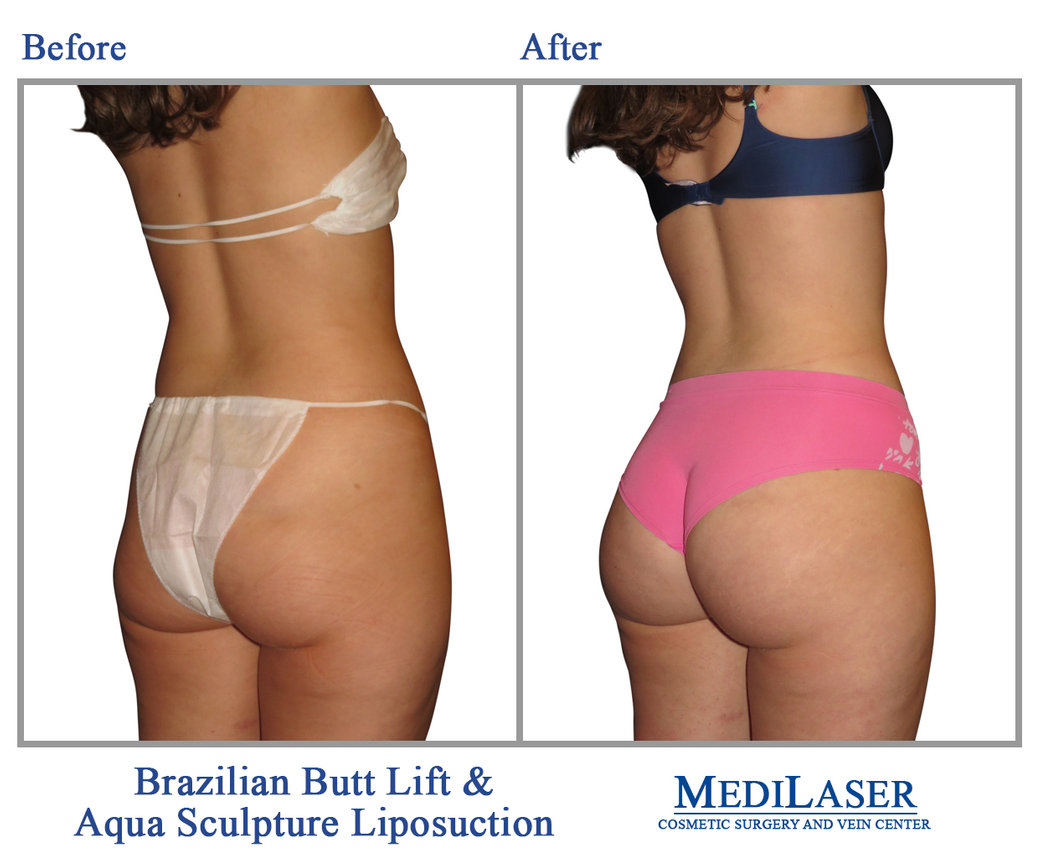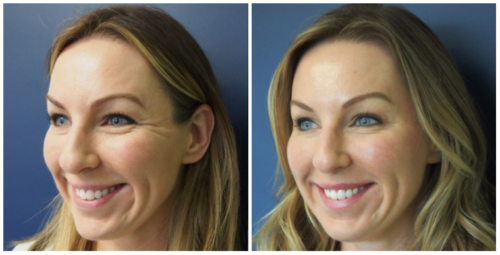
Two options are available for breast surgery. One is to use implants and the other is to do it with her own breast tissue. An autologous reconstruction is when the doctor uses the woman's back muscle and fat, as well as her lower abdominal segment. A mastectomy can be done on a woman who is nipple or skin-sparing. Both of these methods can result in scarring. Breast surgeries may not be for everyone.
Breast reduction surgery
Most breast reduction surgeries are performed as outpatient procedures. After the procedure, the patient may experience some swelling and discoloration, but the swelling will eventually disappear. After the procedure, stitches and bandages are removed. The patient is advised to refrain from strenuous activities for at least a month. Although a breast reduction may cause discomfort, the breasts will soon look normal again. The results of the surgery will be seen six months to a year after the procedure.
Following surgery, the surgeon will make incisions along the natural breast crease. These incisions will be used to remove excess fat and skin. Some women may also need to have their arches raised. The surgeon will close the incision using either internal or external dissolvable sutures. It is possible that the patient will need to stay overnight for recovery. The patient will be discharged from the hospital after the procedure. The entire procedure will take between two and five hours.

Nipple-sparing mastectomy
A Nipple sparing mastectomy is an alternative treatment to radiation for breast cancer. This procedure preserves breasts that are naturally beautiful and minimizes radiation exposure. While not all women who have this procedure will choose to avoid radiation, around 30% of cases that undergo a full mastectomy may not need radiation treatment. This surgery is an option for women who have large or small breasts.
Although it is not common, the results of this surgery are very good. This type of surgery preserves all of the breast skin including the nipple as well as the darker circles of skin around it. Usually, a NSM can be followed up with a breast reconstructive procedure. It is not widely used for breast cancer treatment, but it has gained popularity. Its benefits far outweigh any drawbacks.
Skin-sparing mastectomy
A skin-sparing mastectomy is a surgical procedure in which all of the breast skin, excluding the nipple and areola, is preserved. This allows surgeons to reconstruct the breast without scarring. To replace the volume, the surgeon may use a flap or an implant. There are two types. A TRAM flap and a Latissimus. Both uses the tissues and muscle of the body to reconstruct the breast.
There are a number of advantages of skin-sparing mastectomy, including the preservation of the inframammary fold and native skin envelope. The procedure improves the cosmetic results of the reconstructed breast by preserving the inframammary fold and native skin envelope. It reduces the need for contralateral Symmetrizing Surgery. There are some risks involved with skin-sparing mastectomy.

Modified radical mastectomy
If you are concerned about the risks of undergoing a mastectomy, you may want to consider a modified radical mastectomy. A modified radical mastectomy reduces the amount of tissue removed from the breast and lymph nodes. This type can also preserve breast tissue. But, not all surgeons have the training to perform these types. It is important to consult your doctor before you decide which type of surgery to have.
Although many hospitals now offer traditional modified radical breastectomy, this method is not widely utilized. Traditional modified radical mastectomy techniques focus on protecting the intercostobrachial and anterior thoracic nervous systems. This is done to preserve nerves that are essential for sensory functions. These techniques are similar to those used by Halsted Meyer, Patey, and Meyer. One such approach was described by Moore61 in 1867.